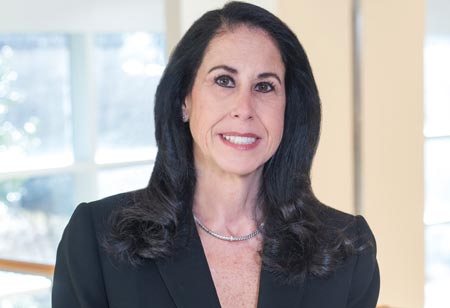Thank you for Subscribing to Healthcare Business Review Weekly Brief

Empowering Teams and Innovating Care: A Journey in Radiology Leadership
Healthcare Business Review
I’ve had the privilege of working in healthcare administration for many years. As the Administrative Director of Radiology at Temple Health, I’ve seen firsthand how the landscape of radiology operations is constantly evolving. My journey has taken me through several key roles, and I’ve learned valuable lessons along the way. Here, I’ll share the milestones that have shaped my career, the challenges I’ve faced, the strategies I’ve used to lead my teams, and my perspective on the future of radiology.
My Professional Journey and Key Milestones
Before joining Temple Health, I was the Director of Radiology Clinical Operations at the Children’s Hospital of Philadelphia. In that role, I managed over 260 employees and led several projects, including integrating a specialty care clinic into a full-service community hospital. Before that, I spent 27 years at Thomas Jefferson University Hospitals, holding various roles, including Administrative Manager of Diagnostic Medical Imaging. These experiences have been foundational in my current position and have shaped my approach to leadership in radiology.
Overcoming Challenges in Radiology Operations
Managing radiology operations isn’t without its challenges. One of the most significant challenges I’ve faced was leading the integration of a specialty care clinic into a community hospital. This complex process involved managing the expansion’s operational side while aligning hundreds of team members—including technologists, radiologists, and support staff—under a shared vision.
To overcome this challenge, I optimized workflows through standardized protocols, provided targeted staff training, and ensured effective communication across departments. I also worked closely with IT and clinical teams to introduce new imaging technologies that would support both patient care and operational efficiency. By fostering collaboration and focusing on patient-centered care, we seamlessly integrated the clinic and improved service quality.
Building and Maintaining High-performing Teams
For me, creating and maintaining high-performing teams is essential to the success of radiology operations. I’ve found that cultivating a culture based on collaboration, communication, and accountability is the best way to do this. This means fostering an environment where team members feel heard and supported and are encouraged to collaborate across disciplines.
I also focus on setting clear expectations and holding teams accountable to those standards. Transparency is key to building trust, and when teams feel connected and supported, they are more likely to perform at their best.
Leveraging Innovation to Enhance Patient Care and Operational Efficiency
Innovation is critical in improving both patient care and operational efficiency in radiology. One practice I’ve found to be particularly impactful is establishing regular touchpoints, such as daily huddles, department meetings, and one-on-one check-ins with team members. These consistent interactions help ensure that everyone feels heard and supported, improving patient care standards and leading to better outcomes.
By fostering open lines of communication, I’ve been able to create an environment where staff members feel more engaged and motivated to provide the best possible care to our patients.
Advice for Emerging Healthcare Leaders
To those aspiring to excel in healthcare administration, my advice is to empower your staff at every level. This could mean providing professional development opportunities, offering cross-training, or involving frontline team members in decision-making processes. Empowering staff is key to building a motivated and engaged team.
In addition, make sure to recognize and celebrate big and small achievements. This will not only boost morale but also reinforce the behaviors that contribute to the success of your team and the organization.









